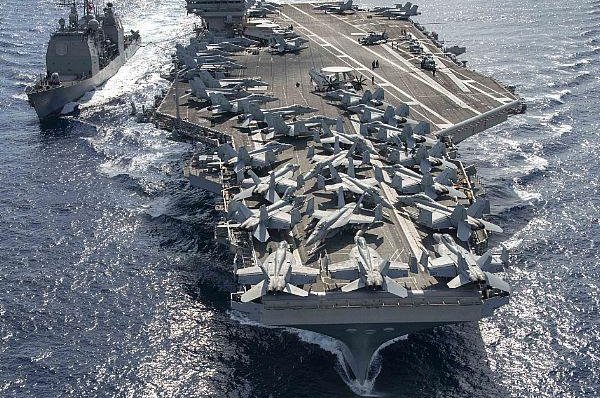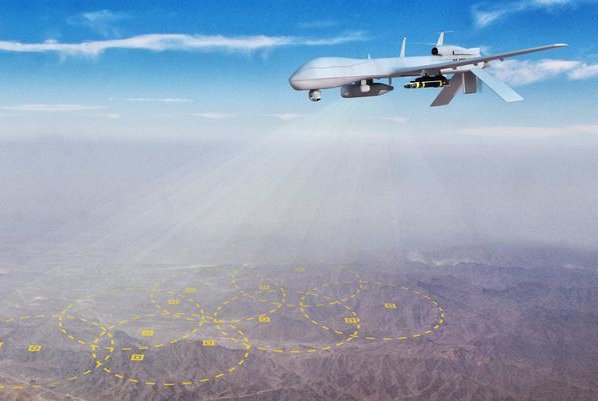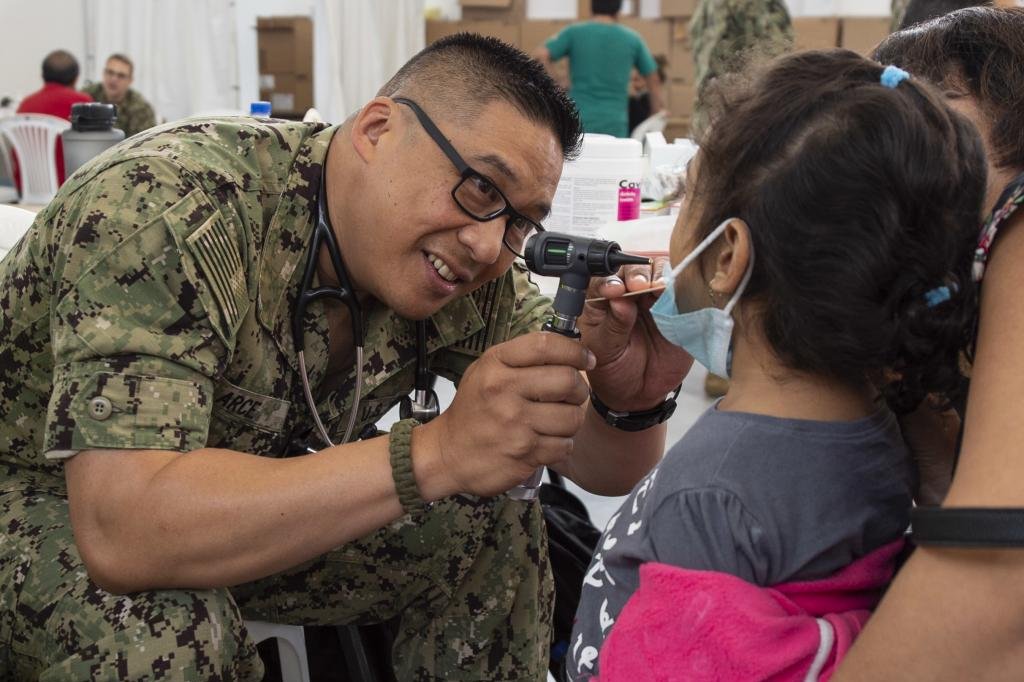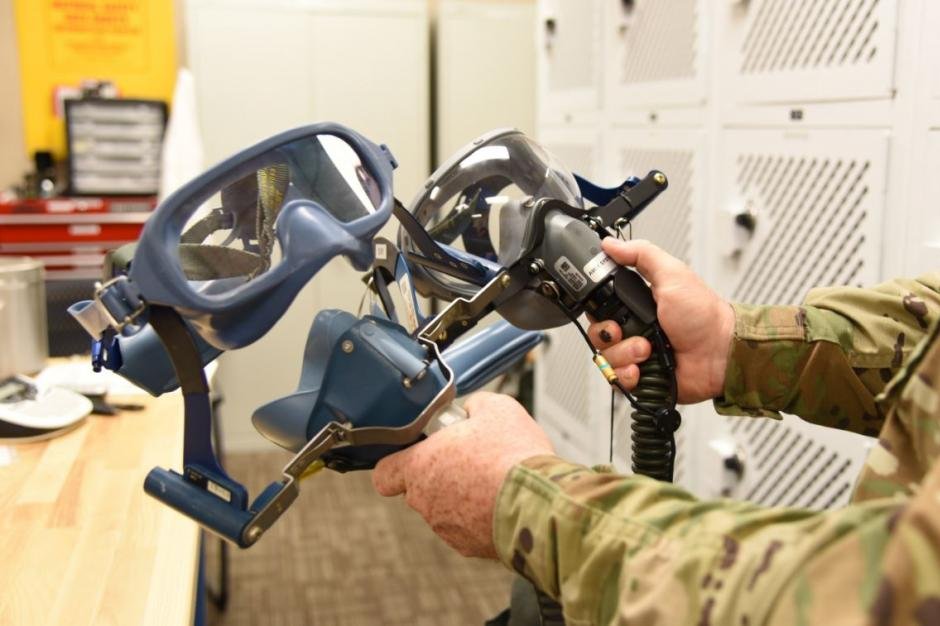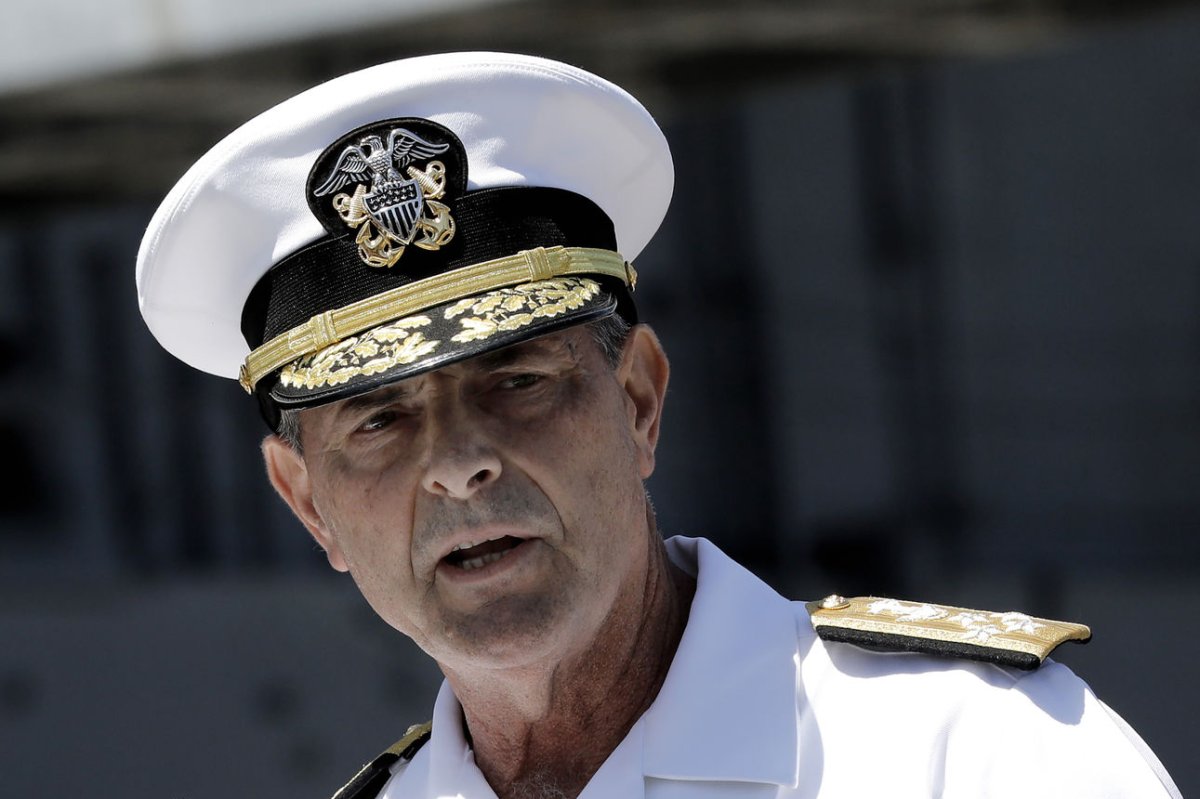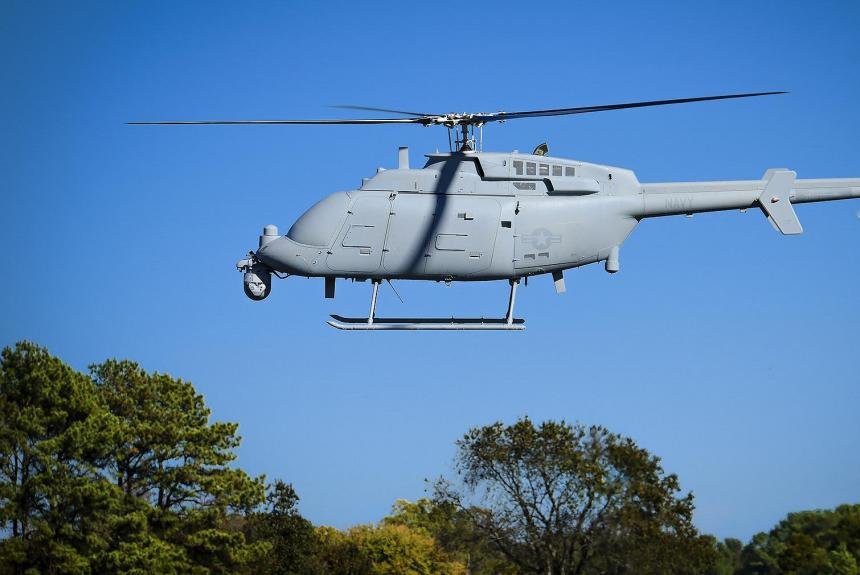U.S. Forces conduct HIMARS rapid infiltration in Australia
Jul 8, 2019
View attachment 9243
Photo by Lance Cpl. Kaleb Martin
The 3rd Marine Division has announced that U.S. Forces conduct High Mobility Artillery Rocket System (HIMARS) Rapid Infiltration (HIRAIN) training in Queensland Australia, during Exercise Talisman Sabre 19, July 6, 2019.
According to a statement released by Capt. Gerard Farao, the U.S. and Australian bi-lateral training Exercise Talisman Sabre 19 provides an opportunity to increase interoperability and sustain readiness. In HIRAIN missions, HIMARS are flown in C-130s to an area, unloaded to rapidly conduct a fire missions, then reloaded in and relocated to follow on objectives. This minimizes the opportunity of detection and counter fire missions against the system.
In this exercise Marines from 3rd Marine Division loaded two HIMARS on to two U.S. Air Force MC-130J Commando II assigned to 353rd Special Operations Group and soldiers from the US Army’s Multi Domain Task Force from 2nd Infantry Division loaded two HIMARS onto two U.S. Marine Corps KC-130J Super Hercules assigned to Marine Aerial Refueler Transport Squadron 152. The team of Marines, soldiers, and airmen demonstrated the HIRAIN capability to their Australian counterparts.
“The capability that the artillery and the Marine Corps gains through HIRAIN is invaluable,” said U.S. Marine Corps Master Sgt. David R. Morgan, Field Artillery Chief, Q
Battery, 3rd Battalion, 12th Marines, 3rd Marine Division. “It allows all areas of the Marine Air-Ground Task Force to assist in timely and accurate fires that will help defeat all future enemies. It is a chance for us to actively get involved with them, to learn from them, and a chance for us to grow as a unified force ready to respond to any crisis.”
Rehearsing rapid employment tactics and techniques offers the forces an occasion to better understand the procedures each force uses to accomplish the same mission.
“What we are demonstrating is the capability of the U.S. Marine Corps, U.S. Air Force, and U.S. Army to come together with different aircrews and different HIMARS units, quickly build a plan, deploy on C-130s, travel great distances by air, land rapidly deliver long range precision fires against enemy targets, and depart their firing location prior to detection, said U.S. Army Maj. Daniel Graw, Division Assistant Fire Support Coordinator, 3d Marine Division.
The purpose of Talisman Sabre is to improve Australian-U.S. combat readiness and interoperability, maximize combined training opportunities and conduct maritime prepositioning and logistics operations. Exercises like this better prepare Australia and the U.S. for future conflict by fully integrating all domains of warfare (air, land, maritime, space and information).

 defence-blog.com
defence-blog.com
Jul 8, 2019
View attachment 9243
Photo by Lance Cpl. Kaleb Martin
The 3rd Marine Division has announced that U.S. Forces conduct High Mobility Artillery Rocket System (HIMARS) Rapid Infiltration (HIRAIN) training in Queensland Australia, during Exercise Talisman Sabre 19, July 6, 2019.
According to a statement released by Capt. Gerard Farao, the U.S. and Australian bi-lateral training Exercise Talisman Sabre 19 provides an opportunity to increase interoperability and sustain readiness. In HIRAIN missions, HIMARS are flown in C-130s to an area, unloaded to rapidly conduct a fire missions, then reloaded in and relocated to follow on objectives. This minimizes the opportunity of detection and counter fire missions against the system.
In this exercise Marines from 3rd Marine Division loaded two HIMARS on to two U.S. Air Force MC-130J Commando II assigned to 353rd Special Operations Group and soldiers from the US Army’s Multi Domain Task Force from 2nd Infantry Division loaded two HIMARS onto two U.S. Marine Corps KC-130J Super Hercules assigned to Marine Aerial Refueler Transport Squadron 152. The team of Marines, soldiers, and airmen demonstrated the HIRAIN capability to their Australian counterparts.
“The capability that the artillery and the Marine Corps gains through HIRAIN is invaluable,” said U.S. Marine Corps Master Sgt. David R. Morgan, Field Artillery Chief, Q
Battery, 3rd Battalion, 12th Marines, 3rd Marine Division. “It allows all areas of the Marine Air-Ground Task Force to assist in timely and accurate fires that will help defeat all future enemies. It is a chance for us to actively get involved with them, to learn from them, and a chance for us to grow as a unified force ready to respond to any crisis.”
Rehearsing rapid employment tactics and techniques offers the forces an occasion to better understand the procedures each force uses to accomplish the same mission.
“What we are demonstrating is the capability of the U.S. Marine Corps, U.S. Air Force, and U.S. Army to come together with different aircrews and different HIMARS units, quickly build a plan, deploy on C-130s, travel great distances by air, land rapidly deliver long range precision fires against enemy targets, and depart their firing location prior to detection, said U.S. Army Maj. Daniel Graw, Division Assistant Fire Support Coordinator, 3d Marine Division.
The purpose of Talisman Sabre is to improve Australian-U.S. combat readiness and interoperability, maximize combined training opportunities and conduct maritime prepositioning and logistics operations. Exercises like this better prepare Australia and the U.S. for future conflict by fully integrating all domains of warfare (air, land, maritime, space and information).

U.S. Forces conduct HIMARS rapid infiltration in Australia
The 3rd Marine Division has announced that U.S. Forces conduct High Mobility Artillery Rocket System (HIMARS) Rapid Infiltration (HIRAIN) training in Queensland Australia, during Exercise Talisman Sabre 19, July 6, 2019. According to a statement released by Capt. Gerard Farao, the U.S. and...



